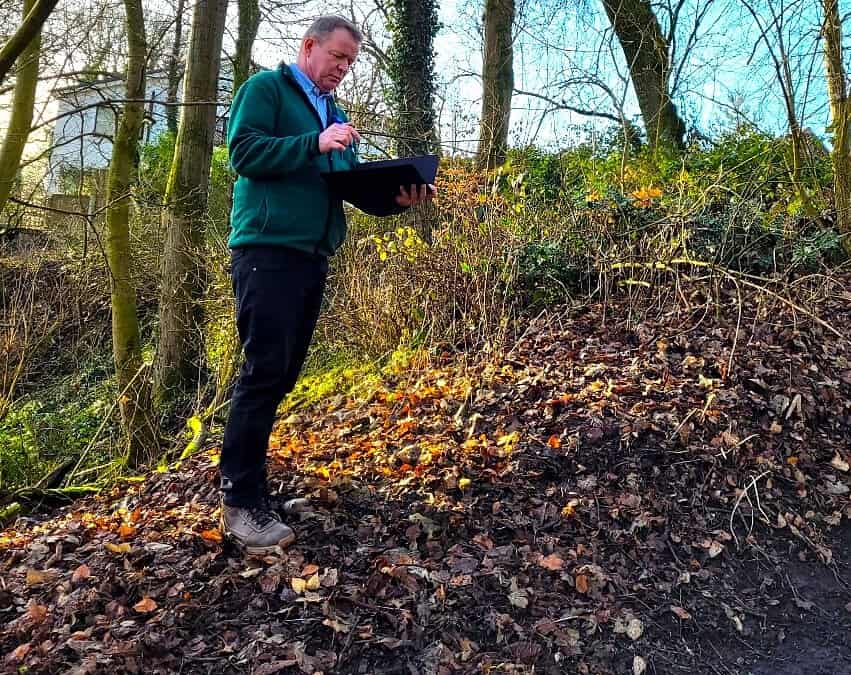The Most Effective Methods for Treating Japanese Knotweed: A Comprehensive Guide
Discover the most effective methods for treating Japanese Knotweed,
including chemical, physical, and biological control measures. Learn about the pros and cons of each approach.
Introduction: Japanese Knotweed (Fallopia japonica) is an invasive plant species that can cause significant damage to buildings, infrastructure, and the environment. It is often considered one of the world’s worst weeds, and once established, can be extremely difficult to control and remove. While several methods for treating Japanese Knotweed have been developed over the years, it is important to choose the most effective one for your specific situation.
The Most Effective Chemical Control Methods for Treating Japanese Knotweed:
Chemical control is one of the most popular methods for treating Japanese Knotweed. The most effective chemical control measures include:
- Herbicide application: Herbicides such as glyphosate and imazapyr are the most commonly used chemicals for treating Japanese Knotweed. They are applied directly to the plant’s leaves, stems, and roots, and are most effective when used during the growing season.
- Cut-stump treatment: This method involves applying herbicide directly to the cut stump of the plant after it has been cut down. It is a more time-consuming process than herbicide application but can be more effective in certain situations.
The Pros and Cons of Chemical Control for Treating Japanese Knotweed:
Pros:
Chemical control is often the quickest and easiest method for treating Japanese Knotweed.
And control is often the most cost-effective method for treating large infestations.
Herbicides are readily available and easy to apply.
Cons:
Chemical control can be harmful to the environment and non-target species if not applied correctly.
Herbicides can be expensive and may require repeated applications.
Chemical control may not be effective in certain situations, such as in the presence of other vegetation or in areas with heavy rainfall.
The Most Effective Physical Control Methods for Treating Japanese Knotweed: Physical control is another popular method for treating Japanese Knotweed. The most effective physical control measures include:
Excavation: This method involves removing the entire plant and its roots from the ground.
It is the most effective method for controlling Japanese Knotweed, but it is also the most time-consuming and expensive.
Containment: This method involves surrounding the infestation with physical barriers to prevent the spread of the plant. Containment is often used in conjunction with other methods, such as herbicide application or excavation.
The Pros and Cons of Physical Control for Treating Japanese Knotweed:
Pros:
Physical control is the most effective method for removing Japanese Knotweed from an area.
Physical control does not have the same environmental impact as chemical control.
Also physical control can be a good option for small infestations or areas with limited access.
Cons:
Physical control can be time-consuming and expensive.
Physical control may not be feasible in certain situations, such as in areas with heavy vegetation or limited access.
The Most Effective Biological Control Methods for Treating Japanese Knotweed: Biological control is a newer method for treating Japanese Knotweed that involves using natural predators or parasites to control the plant. The most effective biological control measures include:
Release of insect predators: This method involves releasing insect predators that feed on Japanese Knotweed, such as the psyllid Aphalara itadori.
Use of fungal pathogens: This method involves using fungal pathogens that attack Japanese Knotweed, such as the rust Puccinia japonica var. inconspicua.
